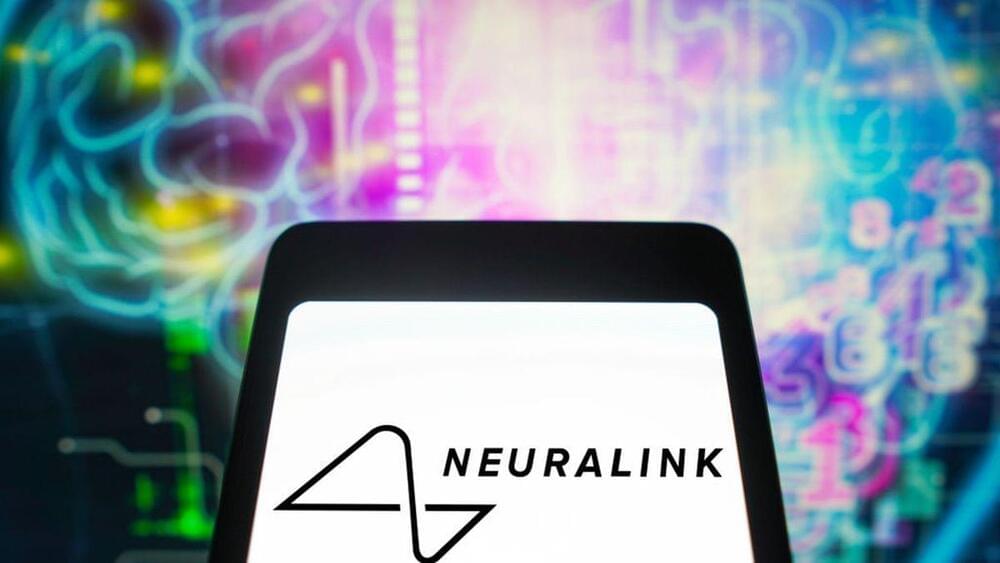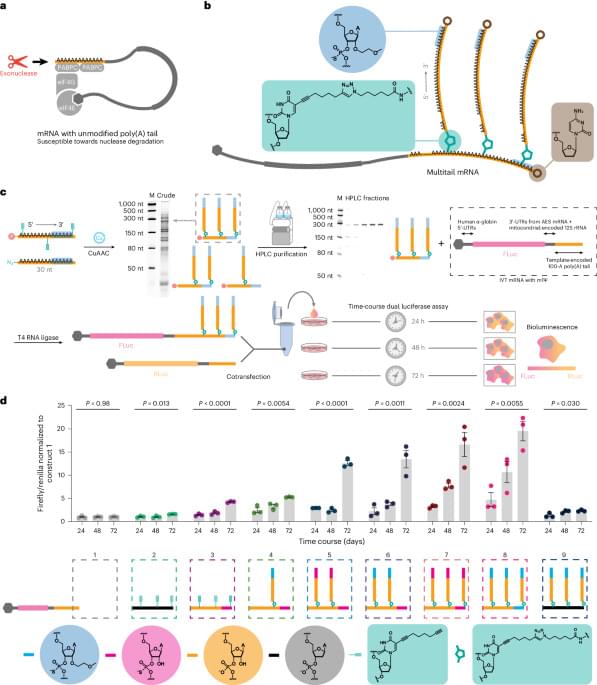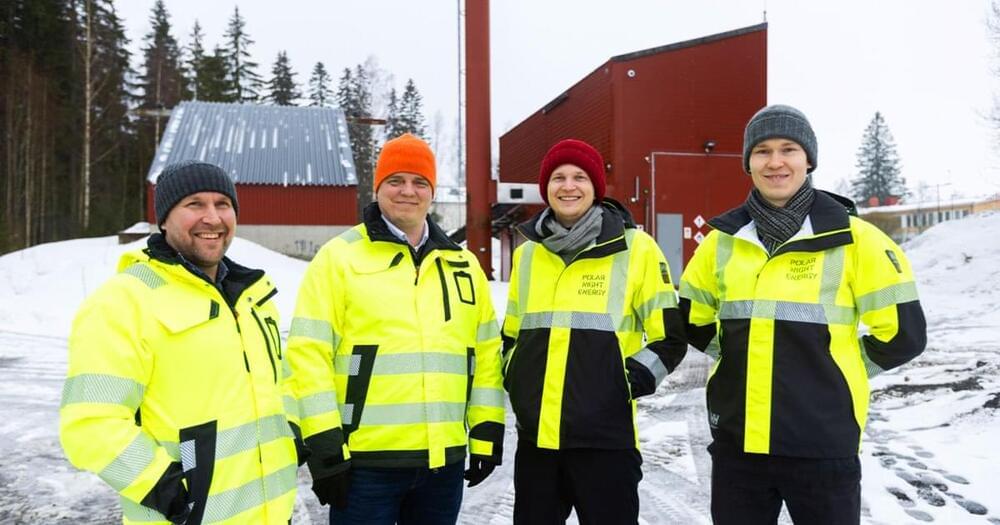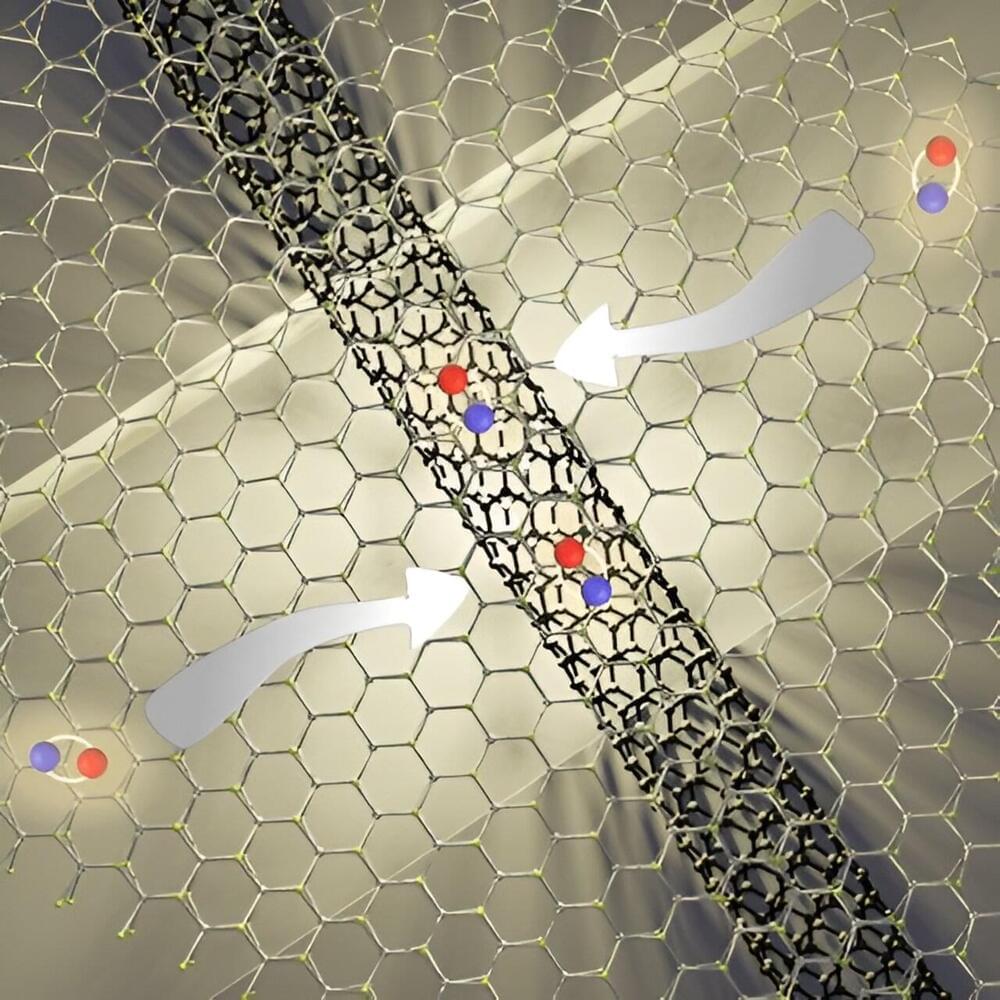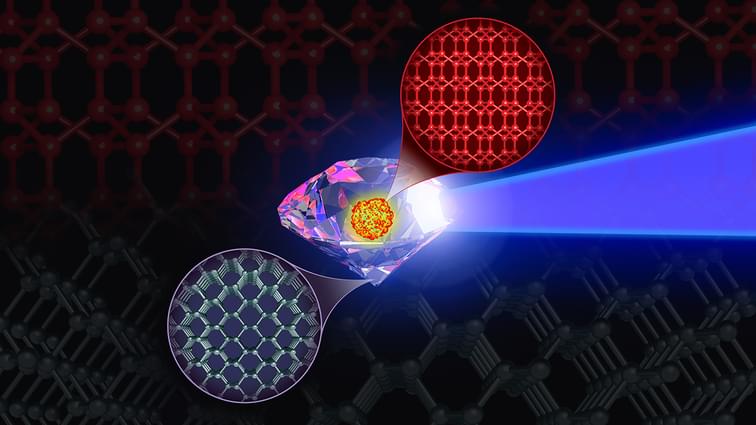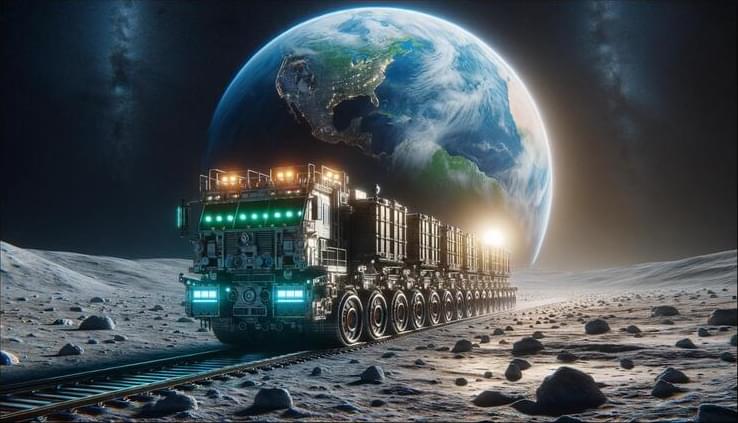Mar 22, 2024
1st Neuralink patient shown using brain chip to control computer and play chess in unexpected livestream
Posted by Dan Breeden in categories: biotech/medical, computing, neuroscience
The first person with Neuralink’s computer-linked chip implanted in the surface of their brain showed off their “telekinetic” online chess-playing skills while discussing the “life-changing” procedure for the first time in a surprise livestream.
Noland Arbaugh, a 29-year-old with quadriplegia (or paralysis that affects the body from the neck down), volunteered to have the device implanted as part of Neuralink’s ongoing trial of the technology. Until now, his identity had remained a closely guarded secret.
